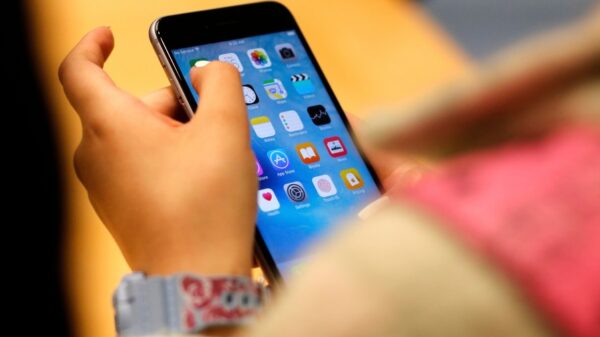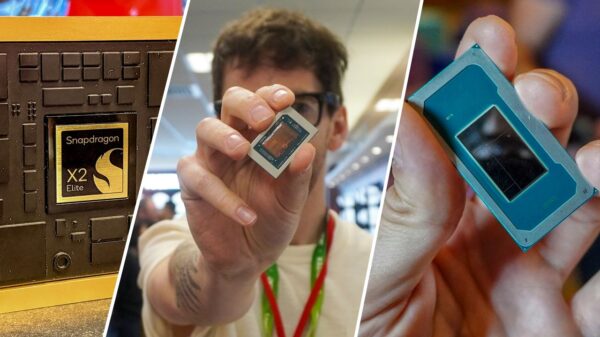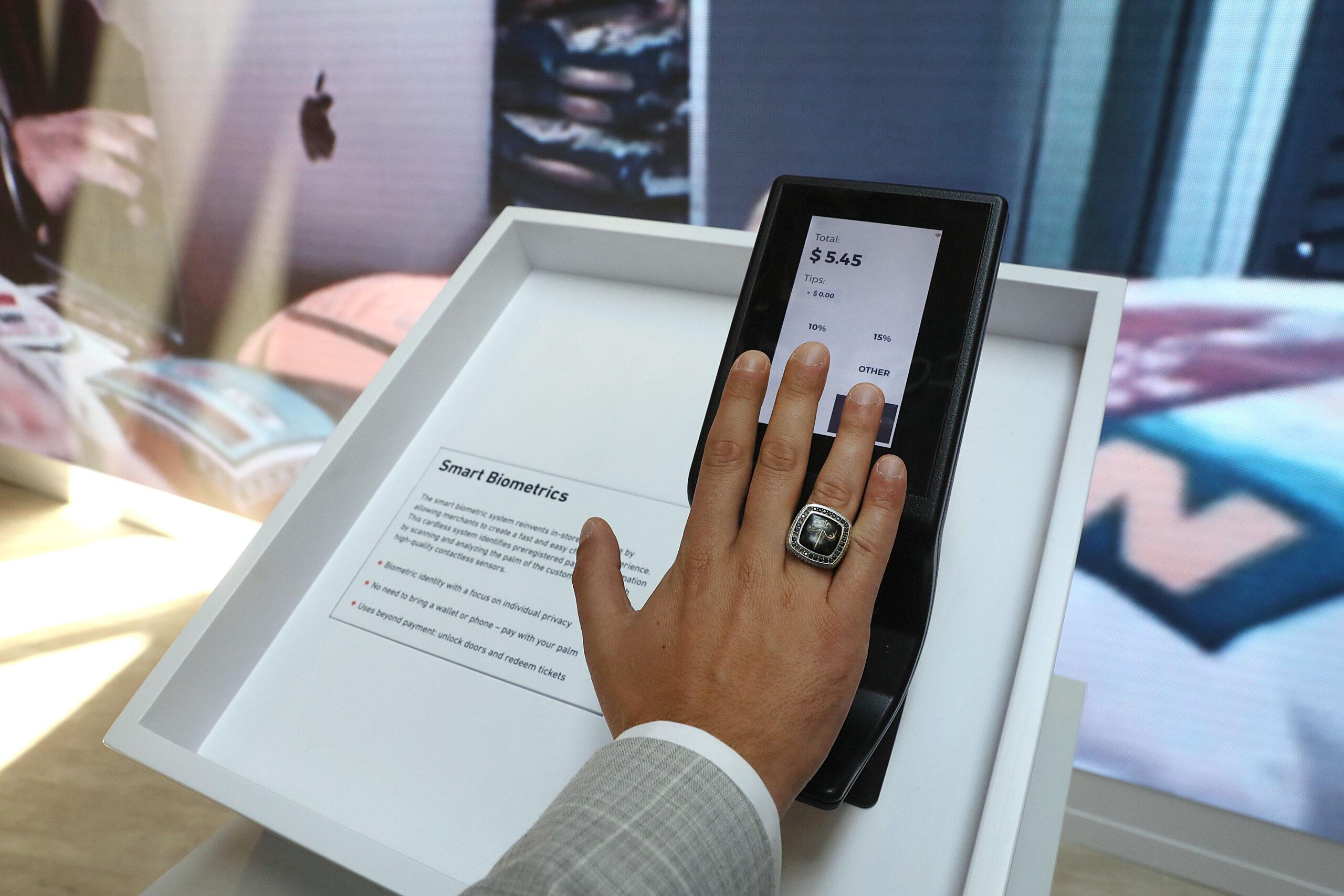Biometric payment systems are gaining traction in the retail landscape, with major companies like Amazon and PopID leading the charge in the United States. These innovative payment methods, which include palm and facial recognition, are being piloted in various locations globally, indicating a potential shift in consumer preferences toward more secure and convenient transactions. According to Christopher Miller, lead analyst at Javelin Strategy & Research, this trend may mark the beginning of a widespread adoption of biometric payments.
Consumer Interest in Biometric Solutions
Despite being relatively new, biometric payment systems have caught the attention of consumers. A recent survey by Javelin found that 68% of respondents reported using biometrics for various purposes, with nearly 47% expressing willingness to use biometric authentication at retail locations. Notably, banks are seen as the most trusted entities for storing biometric data, with 41% of consumers preferring them over technology companies like Apple and Google, or government agencies.
PopID, a subsidiary of Cali Group, is already operational in over 380 quick-service restaurants and retailers across the United States. The company has partnered with J.P. Morgan Payments to implement a pay-by-face system, with notable success at restaurants like Whataburger. This system allows customers to register for biometric payments through the Whataburger app, enhancing efficiency at checkout and fostering customer loyalty.
Global Initiatives and Technological Advancements
The move toward biometric payments isn’t confined to the United States. Internationally, various pilots are underway, particularly in South America and Asia. In 2022, Mastercard launched a Biometric Checkout Program in Brazil, partnering with Payface and St. Marche supermarkets. Customers can enroll their facial recognition data via the Payface app, allowing them to simply smile to complete a purchase.
In late 2023, Mastercard announced a collaboration with NEC Corp. to extend this program across the Asia Pacific region. As part of this initiative, Tencent partnered with Visa to introduce palm recognition technology for digital payments in Singapore, with plans for broader implementation.
These advancements signal a growing acceptance of biometric technology in the payment sector, with major convenience store chains in Seoul also experimenting with facial authentication for transactions. This evolution reflects a broader shift towards integrating biometric solutions into everyday commerce.
Despite these promising developments, challenges remain. While biometric payment methods may offer conveniences, the existing speed and low fraud rates of traditional payment methods can make it difficult to convince consumers to switch. Miller notes that the immediate incentive for widespread adoption is currently lacking, though ancillary benefits—such as access to exclusive areas at events or venues—could enhance their appeal.
As the technology continues to evolve, systems capable of continuous recognition are being developed, potentially eliminating the need for re-authorization. This could revolutionize the way consumers interact with payment systems, further driving the adoption of biometric payment solutions.
In conclusion, the rise of biometric payments is not just a fleeting trend but a significant shift that could redefine consumer interactions with financial transactions. As companies like Amazon and Mastercard continue to innovate, consumers may soon find biometric payments not only convenient but essential in their daily lives.








































































